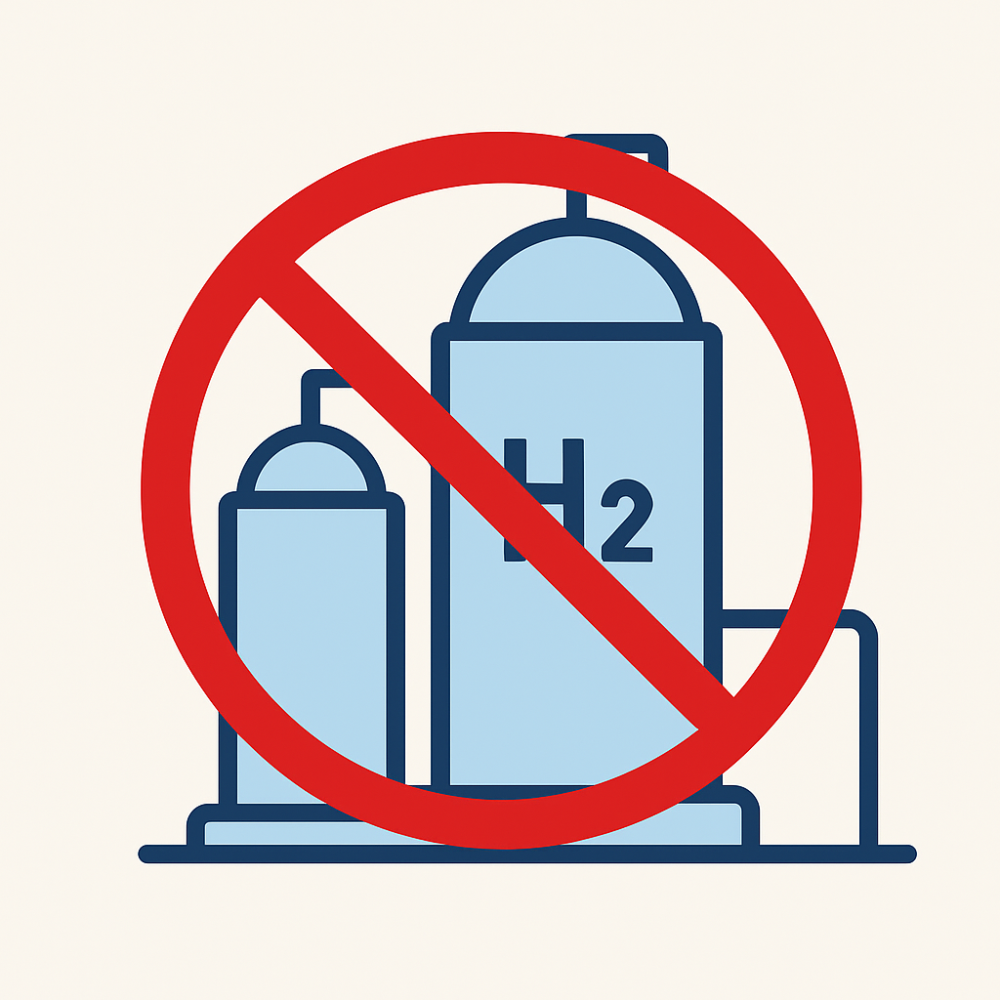Low-carbon hydrogen once promised to reshape the energy transition, but optimism is now giving way to a wave of scrapped projects.
Developers have cancelled nearly one in four announced ventures, equal to about 6 million tonnes per annum of planned capacity. Strategic pivots account for 48 per cent of the abandoned output, as companies return to core businesses and shed higher-risk bets.
Several global energy majors led the retreat. In July 2025, BP plc (LSE: BP) (NYSE: BP) abandoned the Australian Renewable Energy Hub in Western Australia’s Pilbara region, once touted as a USD$36 billion mega-project. Meanwhile, Origin Energy Ltd. (ASX: ORG) walked away from its Hunter Valley Hydrogen Hub in New South Wales in October 2024, despite strong political backing.
Both cited rising costs and the need to focus on established business lines. Their decisions echoed a broader shift, as executives judged hydrogen’s immature economics too risky in the near term.
Other major cancellations followed. In March 2025, private firm, Trafigura dropped its Port Pirie project in South Australia. Around the same time, the Queensland government pulled funding for a liquefied hydrogen export plan, leading Japanese partners Kansai Electric and Iwatani to withdraw.
In the United States, Air Products & Chemicals, Inc. (NYSE: APD) halted its Massena, New York hydrogen plant in February 2025 after tax credit changes undermined the economics. Meanwhile, Hy Stor Energy cancelled its Mississippi hub in late 2024 when federal funding failed to arrive. These exits, spread across continents, demonstrate the breadth of the retrenchment.
Read more: Is “blue” hydrogen the solution to the global energy crisis?
Read more: First Atlantic Nickel & Colorado mining school partner for Newfoundland hydrogen studies
Cancellations reflect costs, weak demand, and policy gaps
Lack of demand signals also weighs heavily.
Developers cite weak market growth, despite upbeat forecasts in Europe and elsewhere. Shell (LSE: SHEL) (NYSE: SHEL) and Equinor ASA (NYSE: EQNR), for example, scrapped low-carbon hydrogen plants in Norway in September 2024 because buyers remained hesitant. Without binding offtake agreements, billion-dollar projects cannot move forward. Export-oriented ventures in Australia and the Middle East remain especially vulnerable, as their economics hinge on consistent foreign demand.
High production costs compound the problem. Inflation has made hydrogen even less competitive against fossil fuels. Even with offtake deals, revised cost estimates often force cancellations.
Government support plays a decisive role. Subsidies and grants bridge crucial cost gaps. When auctions are lost or subsidies delayed, projects collapse. In February 2025, Repsol slashed its electrolyser capacity goals in Spain by up to 63 per cent after funding setbacks. By contrast, in the European Union, regulations such as REDIII have strengthened investment cases by pairing incentives with penalties. As a result, some refinery-focused hydrogen projects are advancing despite industry-wide turbulence.
Permitting and development hurdles add further strain. Nearly 20 projects globally have fallen due to environmental reviews, land-use conflicts, or water supply concerns. Hydrogen megaprojects magnify these risks. For electrolytic hydrogen, developers must also secure renewable power at scale, a difficult task when grid capacity and power purchase agreements do not align neatly with offtake contracts.
The mounting cancellations reflect a correction more than a collapse. Clean hydrogen remains nascent, and its early growth phase was always bound to outpace reality.
Read more: Green hydrogen racing championship takes first step towards full electrification
Read more: New green energy technique could kick lithium demand into high gear
The industry stands at a crossroads
Developers like ArcelorMittal (NYSE: MT), which cancelled €2.5 billion in German steel conversions in June 2025, now admit that timelines and targets overshot economic feasibility. Yet even as high-profile exits dominate headlines, new projects continue to surface in India, China, and select European markets.
Developers are no longer chasing inflated ambitions but instead focusing on realistic business cases. Governments must strengthen policy support, while markets must send clearer demand signals. This recalibration may slow progress, but it also lays the foundation for a more sustainable and commercially viable hydrogen sector.
.
joseph@mugglehead.com














